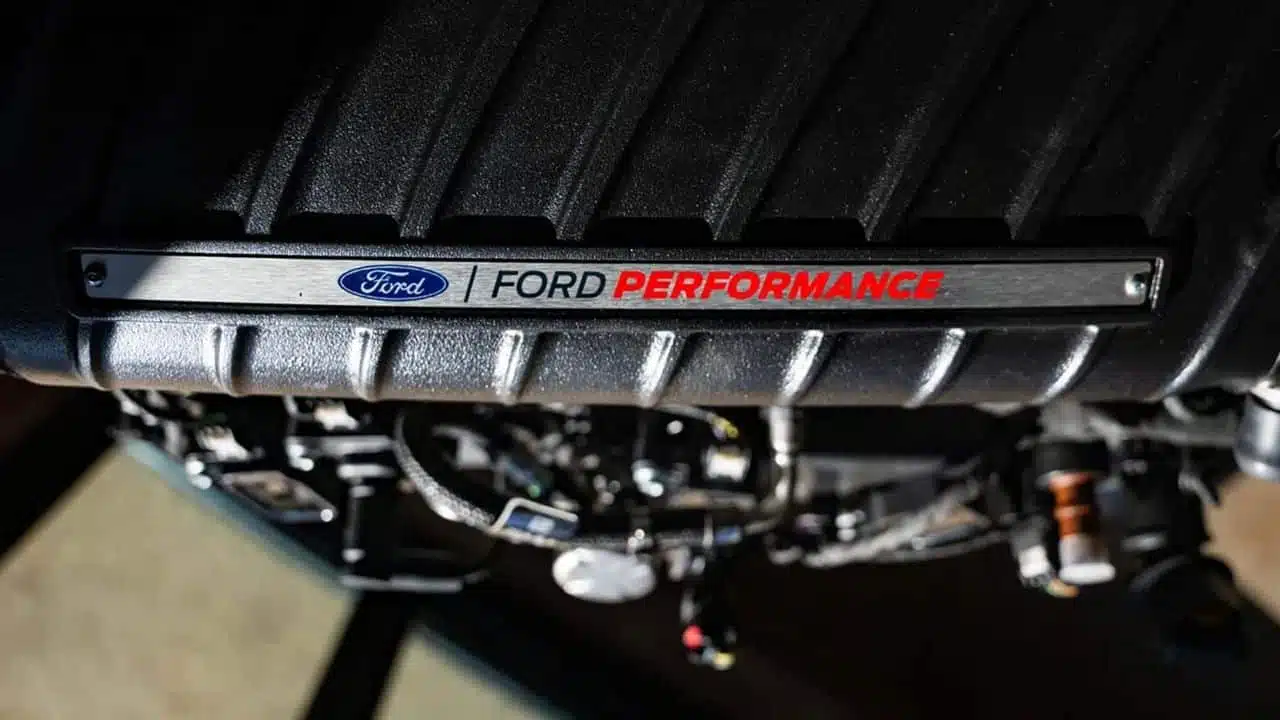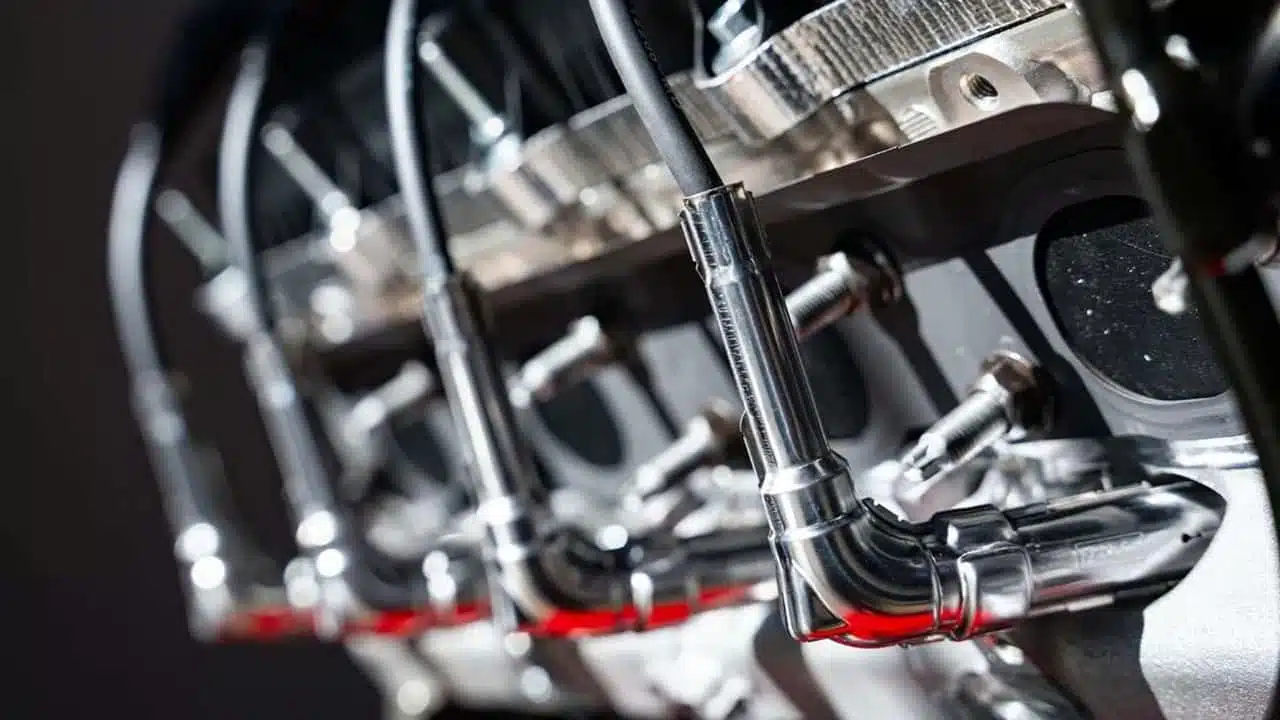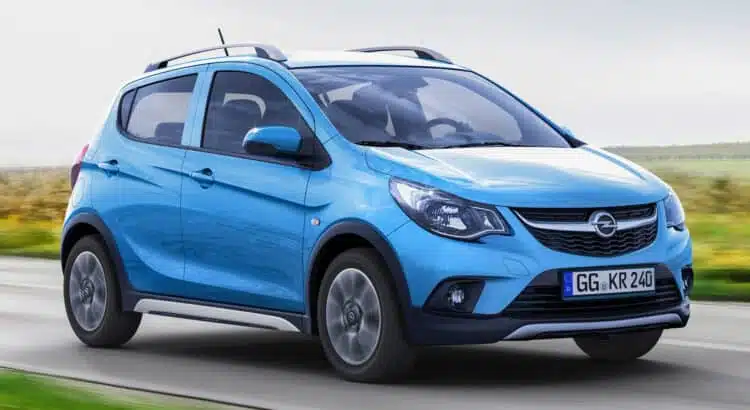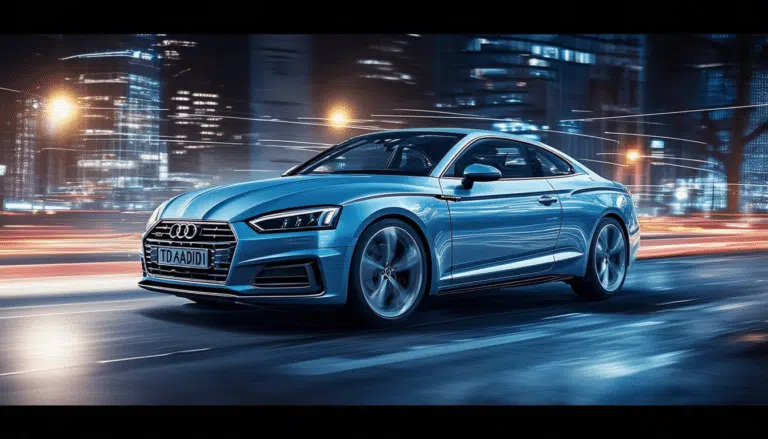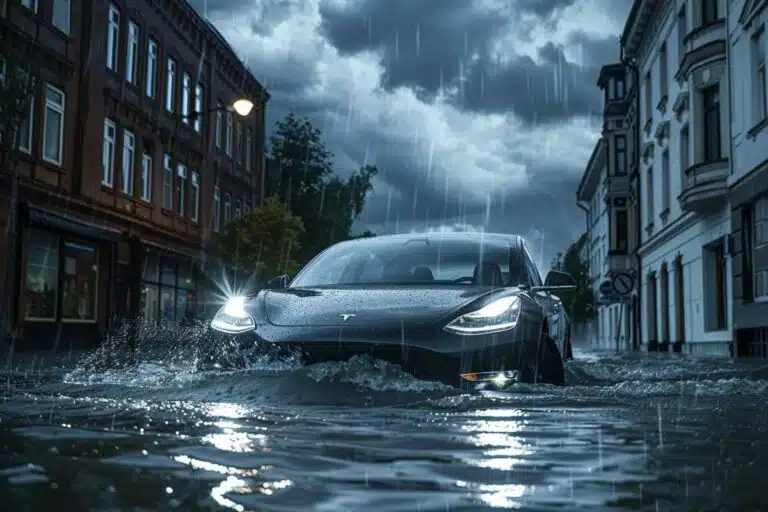Ford launches an innovative V8 engine amid an uncertain future in Europe, where the transition to electric cars is crucial
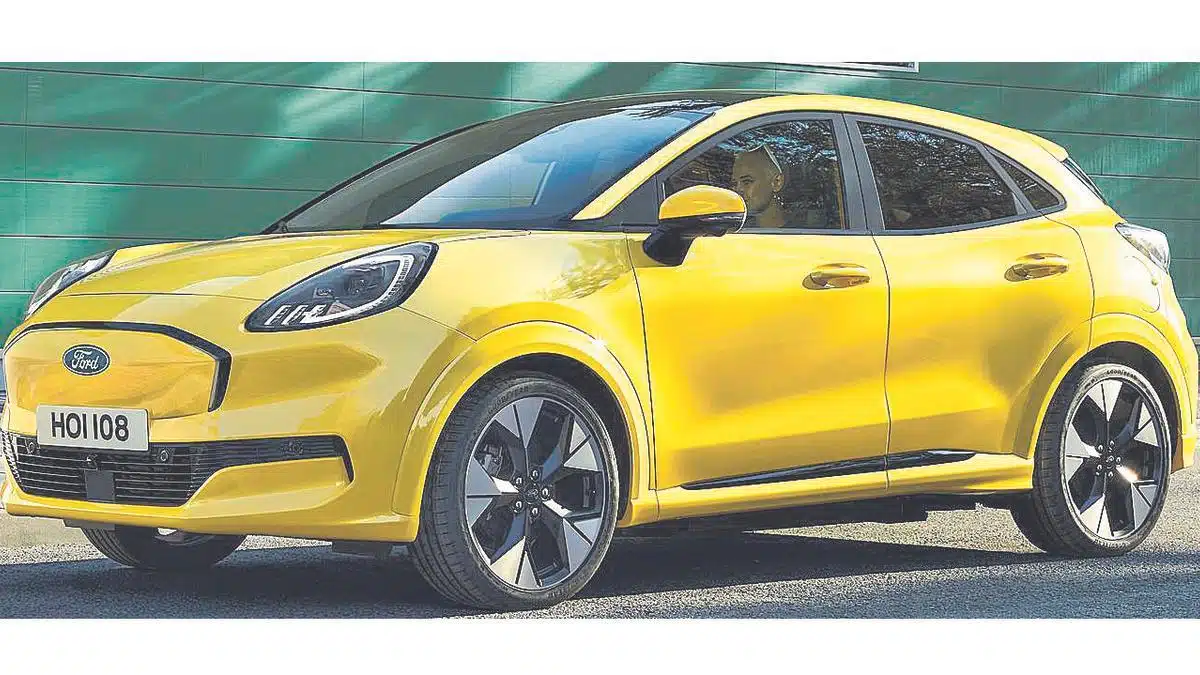
In the automotive landscape, Ford challenges prevailing trends by presenting an innovative V8 engine in a European context characterized by uncertainty and the rise of the transition towards electric cars. While electrification is becoming a priority on the continent, Ford chooses to keep the V8 tradition alive, highlighting its commitment to high-performance engines. This launch positions the manufacturer in a competitive scenario where resistance to continue with traditional engines is becoming increasingly challenging.
In a context where the electrification of vehicles is considered essential for compliance with environmental regulations in Europe, Ford challenges current trends by launching a new V8 engine that defies market logic. This mechanical advancement, represented in the powerful Megazilla 2.0, offers over 1,000 horsepower but is designed exclusively for the competition arena. Despite strict European regulations, Ford maintains a strong presence in the North American market where there is still considerable demand for large-displacement engines.
A bold statement in times of change
In the United States, V8 engines are more than just a propulsion option; they represent a cultural icon and a hallmark of identity for the automotive industry. In this scenario, Ford positions itself as a leader in supplying high-displacement engines, challenging an industry increasingly leaning towards electrified options.
The lucrative market for “crate engines”
On the other side of the Atlantic, so-called “crate engines” have emerged as a highly lucrative niche. These box engines are sought after by car enthusiasts and racing teams looking to customize or enhance their vehicles. In 2022, this market reached a value of $23.5 billion and is expected to sustain growth until it reaches $36.2 billion by 2030.
In this profitable context, Ford has introduced the Megazilla 2.0, a 7.3-liter V8 engine equipped with advanced mechanical features such as forged pistons and a Whipple supercharger that pushes it beyond 1,000 hp.
Barriers in Europe: A path towards electrification
Despite its success in America, Ford faces a complex landscape in Europe. With increasingly restrictive environmental regulations, the prominence of internal combustion engines is seriously threatened. The transition to electric vehicles is becoming an unavoidable path for brands looking to remain competitive in the European market.
An alternative for the roads
In addition to the Megazilla 2.0, Ford also presented a V8 solution that can indeed drive on the roads. This is the Coyote V8, derived from the engine used in the new Ford Mustang Dark Horse. This engine is equipped with a 3.0-liter supercharger that allows it to deliver up to 811 hp, presenting itself as a viable option for V8 engine lovers who need compliance with urban regulations.
A diversified strategy
The presentation of these engines highlights the strategy of Ford Performance not to abandon its roots, even in times of radical transformation in the automotive industry. While plans towards electrification continue to progress, Ford remains attentive to its fanbase that values the roar and power of a good V8 engine.
Despite the pressures towards adopting clean technologies, it is not the end of the road for powerful V8 engines. Ford demonstrates that it remains faithful to its legacy while exploring new opportunities in an ever-evolving market.
A Challenging Future for Ford in Europe
The launch of the new Ford V8 engine comes at a crucial moment for the European and global automotive industry. As Europe moves towards a transition to electric vehicles, led by strict environmental regulations, Ford’s bet on internal combustion engines presents a challenging landscape. This move by the brand reflects a strategic duality: on one hand, it remains faithful to its legacy and the existing demand for powerful V8 engines, while on the other hand, it must face the pressure to adapt to an increasingly electrified market.
Europe, in particular, has proven to be one of the most proactive continents regarding the adoption of electric vehicles, driven by the desire to reduce emissions and achieve the ambitious climate goals of the Paris Agreement. This has generated a shift in consumer preferences, who now value features like energy efficiency and sustainability over raw power. In this context, traditional internal combustion engines, including V8s, have to fight for their place in the market.
However, Ford does not ignore the importance of this transition. The creation of engines like the Coyote V8, suitable for street cars and enhanced to offer greater power alongside efficiency, indicates that the brand is trying to offer options that align more with current market needs without losing its essence. This maneuver could be a way to keep the heritage and passion for V8s alive while simultaneously working on electric innovations.
In conclusion, Ford finds itself at a crossroads. Maintaining the popularity of its traditional engines while urgently adapting to the development of more sustainable technologies will be vital for its future success in Europe. The company will need to balance its portfolio to respond both to combustion engine enthusiasts and the growing demand for electric vehicles. This will undoubtedly be a monumental task, but it could determine Ford’s place in the automotive landscape of the future.

